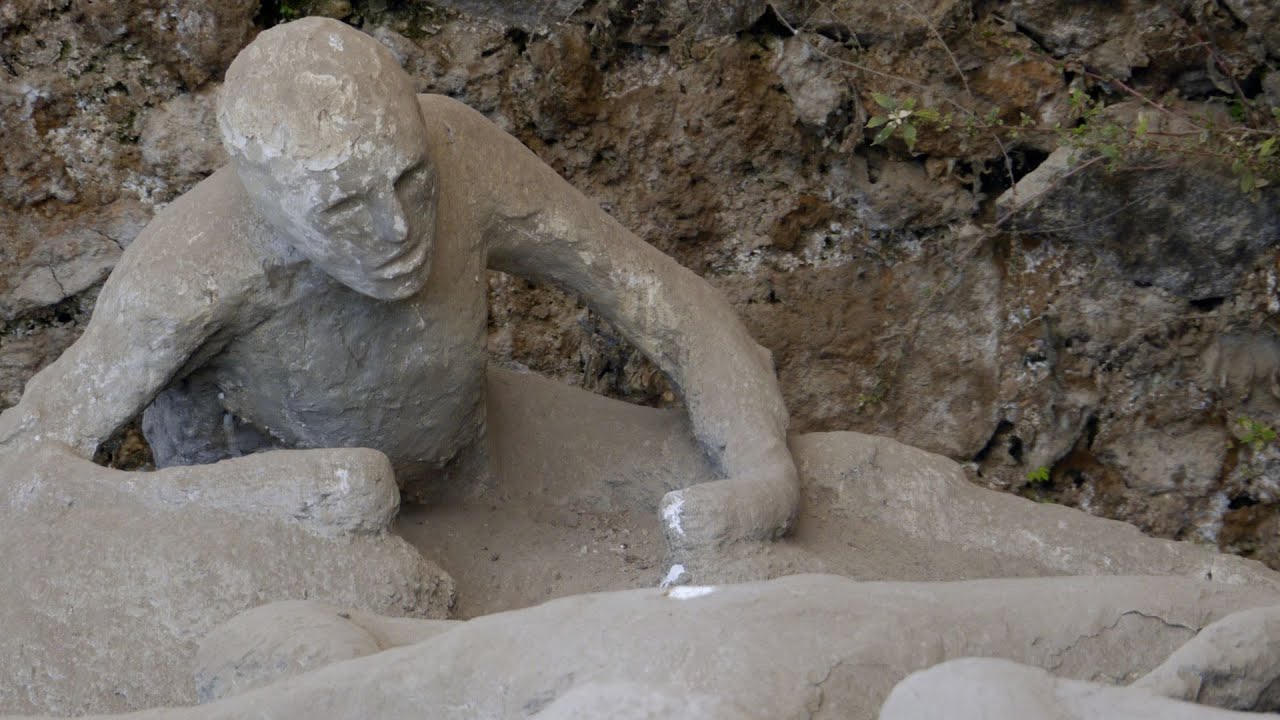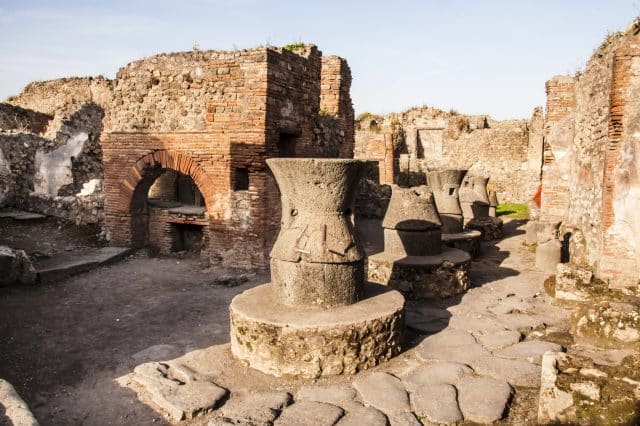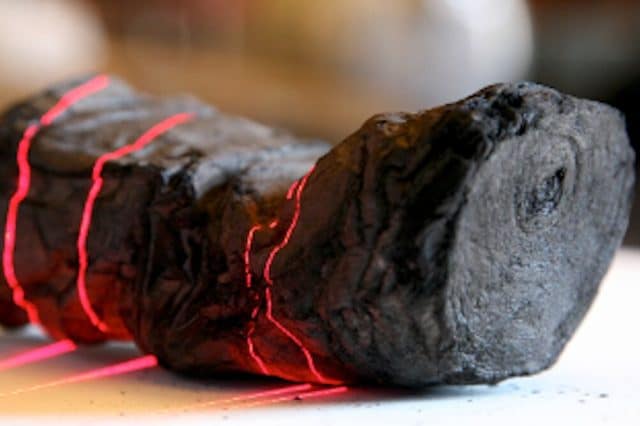The plaster casts of Pompeii transcend the boundary of time, evoking a sense of empathy and shared humanity among modern-day viewers.
Uncovering the layers of history often brings us face to face with the fragility and resilience of human existence. Among such historical marvels, the Plaster Casts of Pompeii stand as a silent yet eloquent testimony to a bygone era. This ancient city, nestled in Italy’s picturesque terrain, continues to narrate tales of a moment forever frozen in time, thanks to the catastrophic eruption of Mount Vesuvius in 79 A.D.
Tracing back the roots of Pompeii takes us to around 600 BC when this thriving settlement started taking shape amidst the evolving civilizations. Over centuries, the city saw an amalgamation of Greek, Etruscan, and Samnite influences before becoming a flourishing Roman colony in 80 BC. The social and architectural fabric of Pompeii reflected the grandeur of Roman civilization, with its vibrant streets, majestic villas, bustling markets, and well-planned urban design. The artistry, politics, and daily life in this thriving city mirrored the broader Roman culture, making Pompeii a fascinating study of ancient urban life.
The Cataclysmic Event
The tranquility and prosperity of Pompeii came to a horrific standstill on that fateful day in 79 A.D. Mount Vesuvius, the towering volcano, unleashed its fury, spewing a deadly cloud of gases, ash, and molten rock onto the bustling city below. The eruption was swift and merciless, encapsulating the town in a thick blanket of volcanic material, and preserving the remnants of Roman life under a deathly stillness. The scenes of that day, with people going about their daily chores, were frozen in time, awaiting centuries to narrate their tales.
The rediscovery of Pompeii commenced in 1748 under the patronage of King Charles III of Bourbon. The pioneering work of archaeologists, armed with shovels and unyielding curiosity, began to unearth the buried city from its volcanic shroud. The excavations over the years have revealed structures, frescoes, artifacts, and an intricately detailed snapshot of life as it was before the calamity struck. Each excavation brought with it stories etched in stone and ash, painting a vivid picture of the Roman era.
The Birth of Plaster Casts
The genius of one archaeologist, Giuseppe Fiorelli, took the excavation of Pompeii a step further in 1863. Fiorelli realized that the voids in the compacted ash were the spaces once occupied by organic material, including human bodies, that had decayed over time. His ingenious method of injecting plaster into these cavities led to the creation of detailed casts, capturing the final moments of Pompeii’s victims in a dramatic and poignant display. This technique immortalized the human tragedy and unveiled the faces of Pompeii to the modern world.
The plaster casts of Pompeii transcend the boundary of time, evoking a sense of empathy and shared humanity among modern-day viewers. The scenes captured within these casts resonate emotionally, displaying expressions of agony, the protective embrace of parents shielding their children, and individuals in the throes of escape amidst an unforeseen catastrophe. These casts provide a haunting, yet intimate connection to the individuals who once tread the streets of Pompeii.
The task of preserving these invaluable historical imprints is a meticulous and ongoing endeavor. The recent advancements in technology, such as 3D scanning and digital restoration, are playing a crucial role in the conservation and study of the plaster casts. These modern techniques ensure the longevity of the casts, enabling future generations to delve into the tragic yet fascinating narrative of Pompeii.
Significance and Legacy
The plaster casts are more than mere archaeological artifacts; they serve as a bridge connecting the contemporary world to the Roman lifestyle, culture, and the calamitous event that marked the end of Pompeii. The casts provide invaluable insights into the social, cultural, and personal dimensions of Roman society, making them a significant part of global heritage.
The allure of Pompeii and its plaster casts continues to captivate the global audience. Each year, millions of history enthusiasts, scholars, and tourists flock to the ancient city, finding themselves entranced by the tragic beauty encapsulated within the plaster casts. The casts narrate a tale of human essence, resilience, and the ephemeral nature of life amidst the backdrop of a calamitous event.




